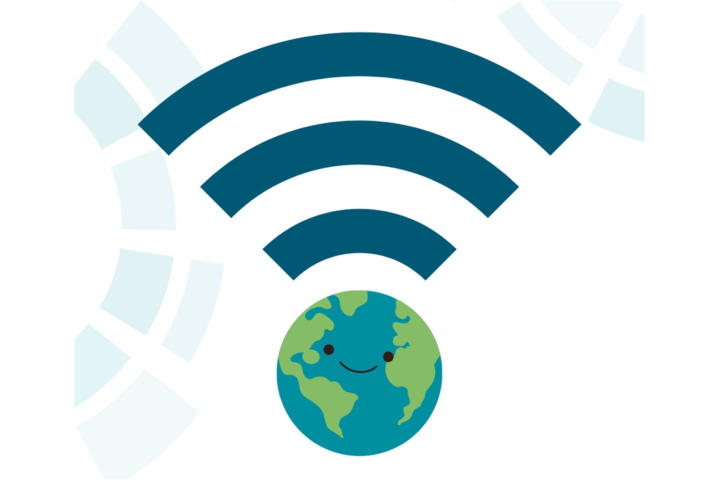Fiber is the more sustainable option
Not only does fiber internet offer faster speeds, greater reliability, and lower latency than copper-based networks, but it has several environmental benefits over copper-based and other legacy technologies.
ENERGY EFFICIENT
Fiber-optic internet is more energy efficient and produces a smaller carbon footprint than copper-based internet.
Fiber-optic cables require less energy to transmit data. Fiber cables also carry data further and faster with less loss, which means less energy is required to build, install, and maintain fiber networks.
SUSTAINABLE MATERIALS
Fiber-optic cables are made from glass, which is a renewable resource and can be recycled at the end of its lifespan. Copper-based cables, on the other hand, are made from non-renewable resources and cannot be recycled.
Optical fiber is primarily composed of silicon dioxide, which:
- Is both stable and the most abundant principal component after Oxygen
- Takes a long time before it breaks down
- Has an extraction process that is environmentally friendly
In contrast, legacy networks typically use cables that contain copper:
- The extraction or mining of copper has significant environmental impacts to the surrounding areas, including land and water use
- It can affect vegetation, biological life, and bodies of water
DURABLE AND FUTURE-PROOF
Compared to traditional networks, fiber cables are less susceptible to signal degradation caused by bad weather, moisture, freezing, and electrical interference, which means:
- Fewer network repairs are required
- Less network maintenance is required
- Fewer trucks and other vehicles are needed on the roads to handle repairs and maintenance
Also, fiber networks are future-proof in that they provide the greatest amount of bandwidth and are the longest-lasting network technology available today – so they won’t need to be continuously upgraded and repaired as legacy networks do, saving energy and materials compared to copper or other legacy networks.


